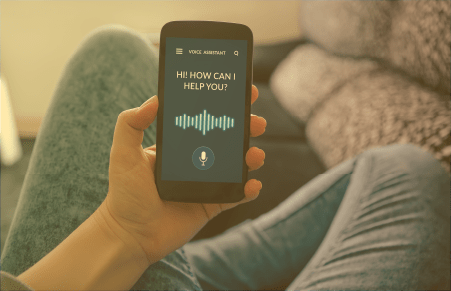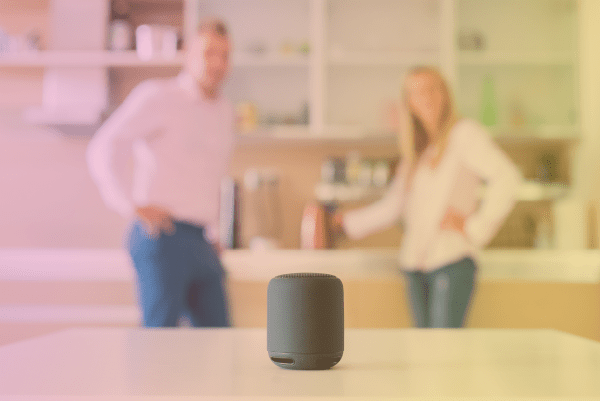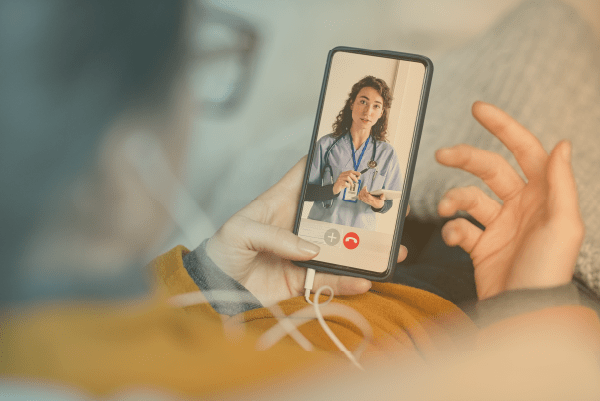Modernizing technology and replacing time-consuming manual processes with digital solutions can automate some processes, remove human intervention and accelerate workflows to save time on repetitive tasks. Digital and virtual assistants fit business mandates and objectives to move toward digital processes. According to USA Media House, “Virtual assistant technology has played a significant role in improving healthcare delivery by transforming various processes.”
These processes include assisting with in-room electronic medical record documentation and back-office tasks. Some virtual assistants that use artificial intelligence (AI) can also anticipate and predict a patient’s needs, to help with treatments and diagnoses. Increased usage of the assistants can drive better outcomes. Medical virtual assistants—devices and technologies created specifically for healthcare—can help:
- Collect demographic patient information
- Gather health insurance details
- Integrate a patient’s health history
- Determine costs and financing
- Identify procurement details for needed products
- Analyze patient records for diagnosis
One way the virtual assistants are being used is to provide simple yet personalized service. The devices, especially those that optimize AI, ask patient a series of questions, then provide answers or direct people to relevant resources for specific information.







